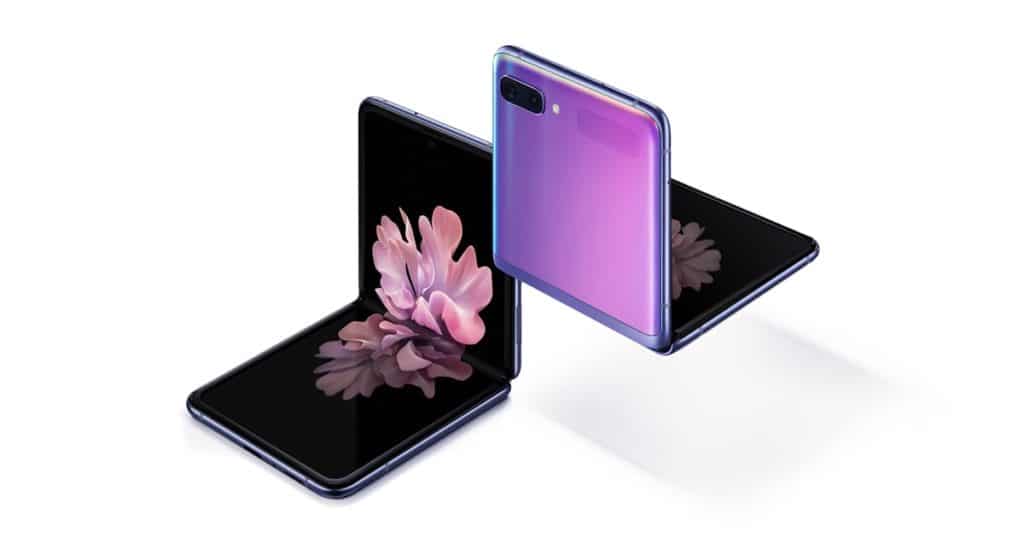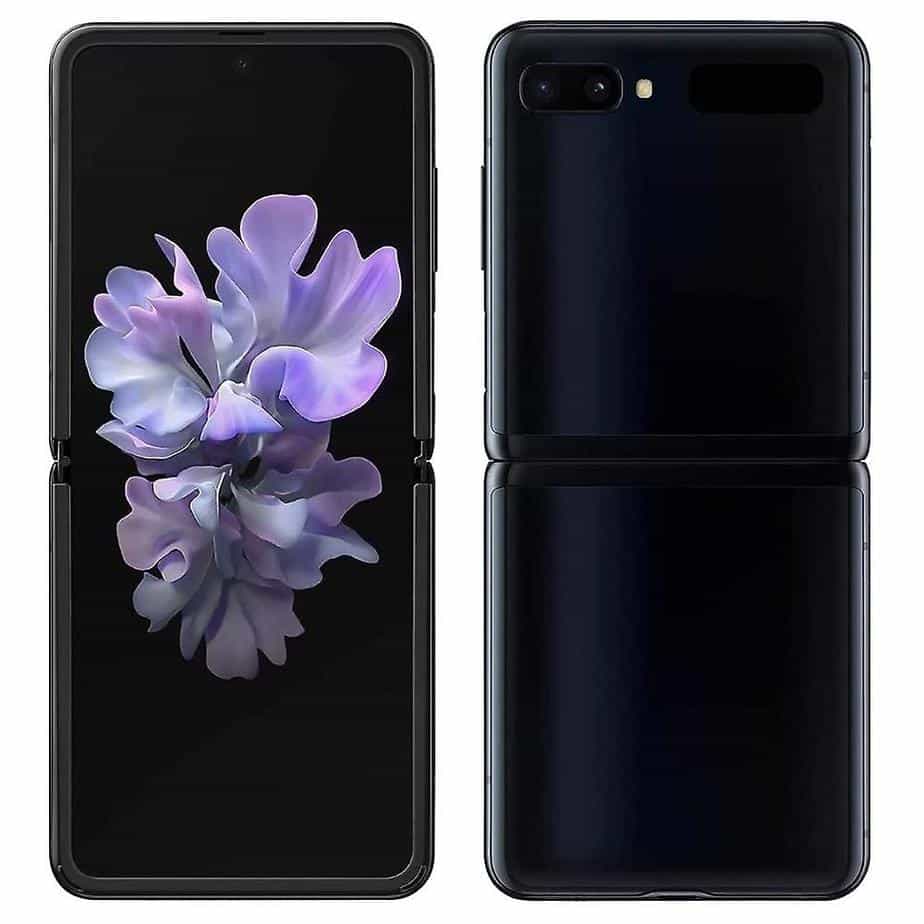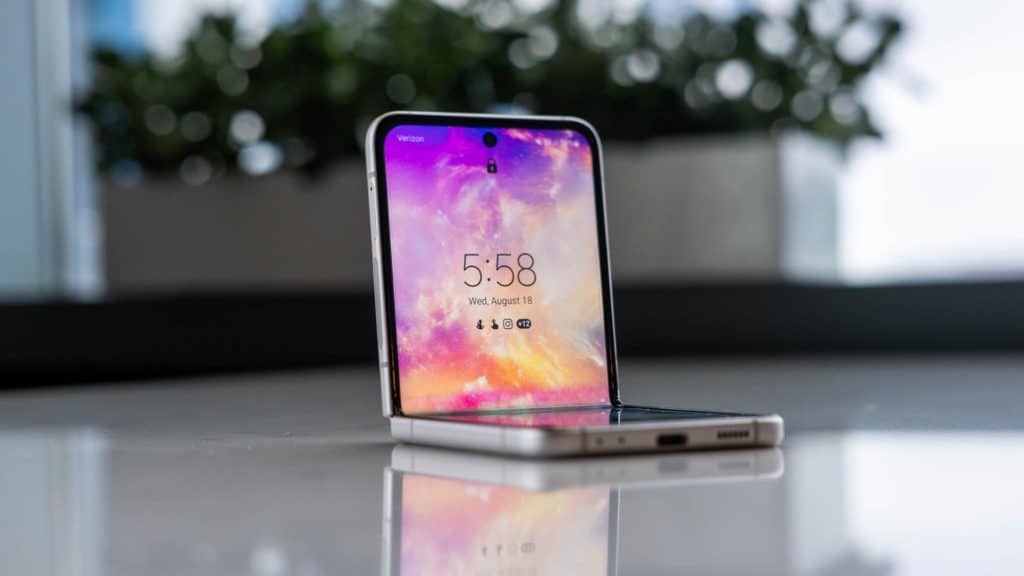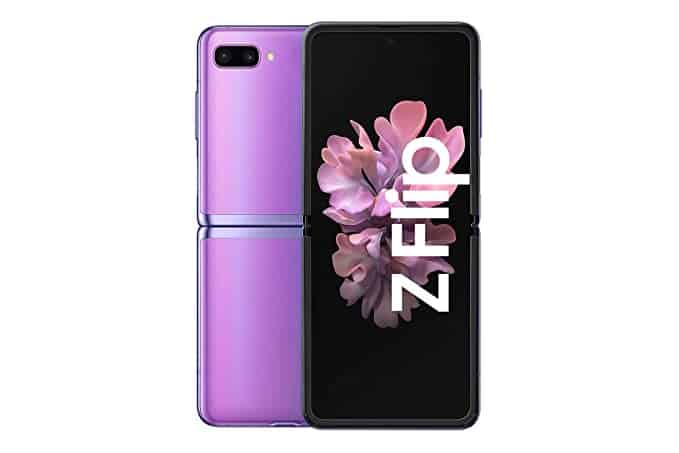Last Updated on
Prime Day is finally here! Find all the biggest tech and PC deals below.
- Sapphire 11348-03-20G Pulse AMD Radeon™ RX 9070 XT Was $779 Now $739
- AMD Ryzen 7 7800X3D 8-Core, 16-Thread Desktop Processor Was $449 Now $341
- ASUS RTX™ 5060 OC Edition Graphics Card Was $379 Now $339
- LG 77-Inch Class OLED evo AI 4K C5 Series Smart TV Was $3,696 Now $2,796
- Intel® Core™ i7-14700K New Gaming Desktop Was $320.99 Now $274
- Lexar 2TB NM1090 w/HeatSink SSD PCIe Gen5x4 NVMe M.2 Was $281.97 Now $214.98
- Apple Watch Series 10 GPS + Cellular 42mm case Smartwatch Was $499.99 Now $379.99
- ASUS ROG Strix G16 (2025) 16" FHD, RTX 5060 gaming laptop Was $1,499.99 Now $1,274.99
- Apple iPad mini (A17 Pro): Apple Intelligence Was $499.99 Now $379.99
*Prices and savings subject to change. Click through to get the current prices.
Foldables have only been around for around three years. It's an effort by a big brand Android market OEMs to invigorate some life into their bottom line, given that users are holding onto their handsets for longer due to a plateau in performance. The first to the foldable arms race, Samsung, flipped its own lid in 2019 thanks to foldable handset screen breaking for tech reviewers worldwide.
Thankfully, the tech giant has learned from their giant handset failure and is currently sitting on their Galaxy Z Fold 3. It's a competent handset, but it's clear that the foldable design still hasn't been perfected. The body of the handsets doesn't sit flush and suffers from some obvious design flaws such as stiff hinges and glass bodies making it fiddly to open the handset.
This will also help with multi-tasking, with most foldable allowing users to have up to three traditional screens running at once for multi-tasking. This would come in really handy for researchers, writers, and those hectic business meetings.
On the flip side (I'm not sorry), design issues still remain in today's foldable. Naturally, the foldable screen will show wear over time, maybe this technology needs further development to ensure longevity. For all things Android, make sure to bookmark our Android Hub.
On paper, Foldables are an amazing idea with the potential to change the Android market, but when will Samsung, Microsoft, and more perfect the technology? We don't quite know the answer to that yet, but let's take a look at what goes into a foldable handset:
How Foldables Work
When looking at our current Android market handsets, it's hard to understand how a foldable phone doesn't break its own screen over time. The secret is actually an old technology called ‘Flexible Display Technology' that utilizes the flexibility of OLED screens.
Organic Light-Emitting Diodes self-illuminate and don't need a backlight to be visible. As long as an electrical current can be passed through, OLED screens can be made thin enough to become flexible. This is the same technology found in your old Samsung Galaxy Edge handset, which gives a better idea of how long this tech has been around.
Samsung also discovered that glass can actually be flexible if made thin enough. Being susceptible to scratches and scuffs, Samsung opted for ultra-thin glass with a polymer coating in their Flip phones. This results in a strong screen that is also foldable.
Why Choose Foldables?
The most obvious benefit is screen protection. Now you know how the technology works, it's easy to see that screen should stay in great condition due to not being exposed to the elements. Although it's always good practice to put your phone in a shock-proof case. Foldable tech is only possible thanks to OLED screen technology, which also provides the best color gamut of any other screen technology. IT also supports higher refresh rates and consumes less energy.
Foldables have massive potential to blur the line between tablets and handsets. Why carry around a 10 to a 12-inch tablet when you could buy a 6-inch foldable when extends to 12-inches? That's a bit of an exaggerated example, but this may be the new reality within a few years.






